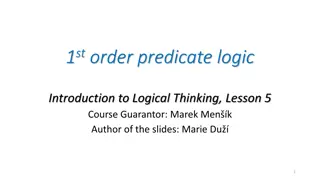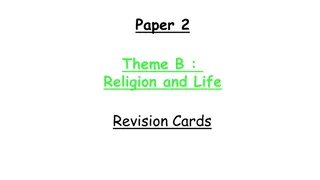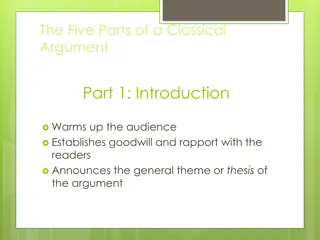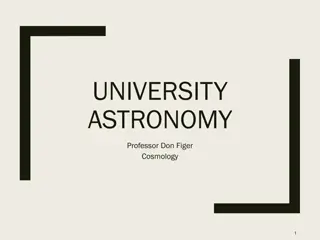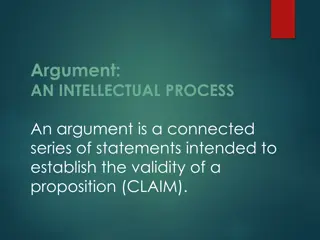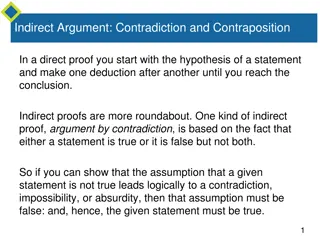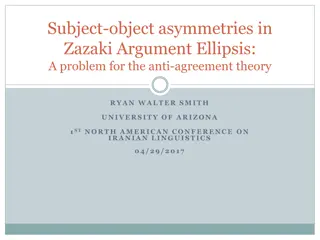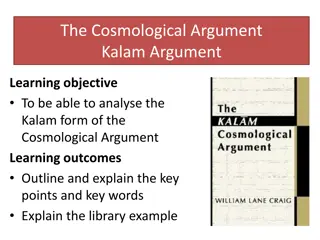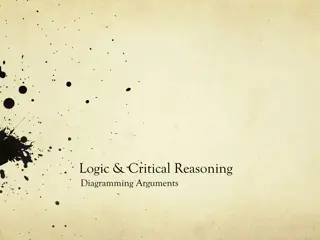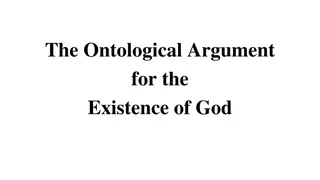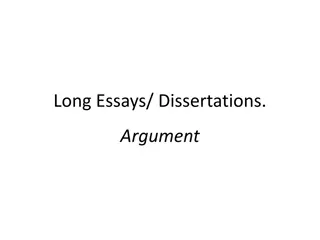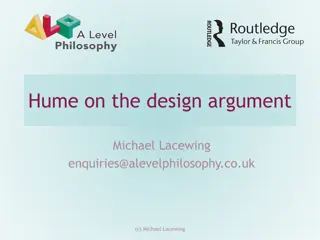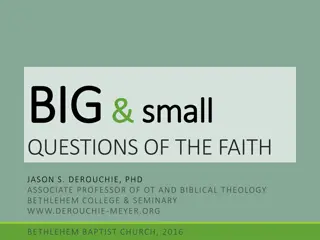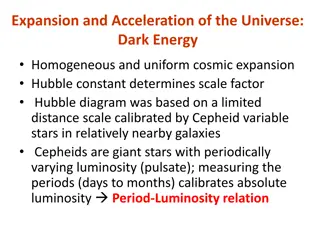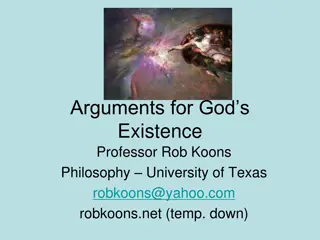The Argument from Design: Order and Purpose in the Universe
Life's complexity and organization suggest a divine designer according to the argument from design. Explore Paley, Hume, and Swinburne's perspectives, and objections to this view.
Download Presentation

Please find below an Image/Link to download the presentation.
The content on the website is provided AS IS for your information and personal use only. It may not be sold, licensed, or shared on other websites without obtaining consent from the author.If you encounter any issues during the download, it is possible that the publisher has removed the file from their server.
You are allowed to download the files provided on this website for personal or commercial use, subject to the condition that they are used lawfully. All files are the property of their respective owners.
The content on the website is provided AS IS for your information and personal use only. It may not be sold, licensed, or shared on other websites without obtaining consent from the author.
E N D
Presentation Transcript
The argument from design: God Michael Lacewing enquiries@alevelphilosophy.co.uk (c) Michael Lacewing
Life Isn t life amazing? Organs serve a purpose heart pump blood, eye seeing We understand parts of an organ in relation to serving this purpose A living organism requires huge coordination of tiny parts each functioning well (c) Michael Lacewing
The argument from design The argument from design argues from the order and regularity that we see in the universe to the existence of a God that designed the universe. Paley, Hume and Swinburne all agree that even if we could infer the existence of a designer of the universe, it is an extra step to argue that the designer is God. (c) Michael Lacewing
Humes argument from analogy In the organization of parts for a purpose (the fitting of means to ends), nature resembles the products of human design. Similar effects have similar causes. The cause of the products of human design is an intelligent mind that intended the design. Therefore, the cause of nature is an intelligent mind that intended the design. So the designer should be like human beings! (c) Michael Lacewing
Objections to God The scale and quality of the design reflect the power and ability of the designer. The universe isn t infinite or perfect. So we can t infer that the designer is infinite or perfect. Designers are not always creators. So we can t infer that the designer of the universe also created the universe. The design may have resulted from many small improvements made by many people. So we cannot infer that the designer is just one person. We find mind always connected to body. So we can t infer the designer is only a mind. Designers can die even as their creations continue. So we can t infer that the designer still exists. (c) Michael Lacewing
Two types of order Spatial order: the organisation of parts to serve a purpose (discussed by Paley and Hume) E.g. the eye Temporal order: the orderliness in the way one thing follows another. These temporal regularities are the laws of nature. (c) Michael Lacewing
Swinburne: On explaining laws of nature Science can t explain scientific laws, because all scientific explanations presuppose laws. Either there is some other explanation of them, or the whole way the universe is, is complete coincidence. We can, by analogy, explain the regularities relating to the laws of nature in terms of persons (intention and action). The best explanation, therefore, is that the acts of a designer impose order on the universe, described by laws of nature.
Swinburnes replies to Hume If God is perfect and infinite, this will have to be shown some other way than the design argument. However, Ockham s razor supports the claim that there is just one designer who also created the universe The uniformity of the laws of nature also suggest just one mind at work The designer can t have a body If God s effects are the laws of nature, and these hold throughout the universe, then God can act everywhere in space simultaneously (c) Michael Lacewing
Replies Designers of spatial order can die while the effects of their design continue. But temporal order requires the existence of the person at that time. So God must exist whenever the laws of nature hold, since the laws of nature are the activity of God. (c) Michael Lacewing



